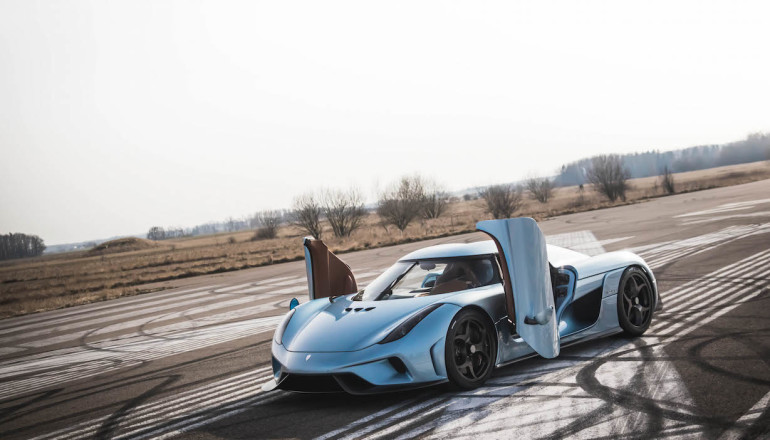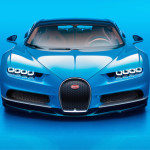In many ways, it is more exclusive than the Chiron. There will only be 80 of them compared with 500 of the Bugatti. It brags of getting to the hazy horizon of 248 miles per hour in 20 seconds, which would have a Bugatti Veyron Super Sport dissolve into the dust!
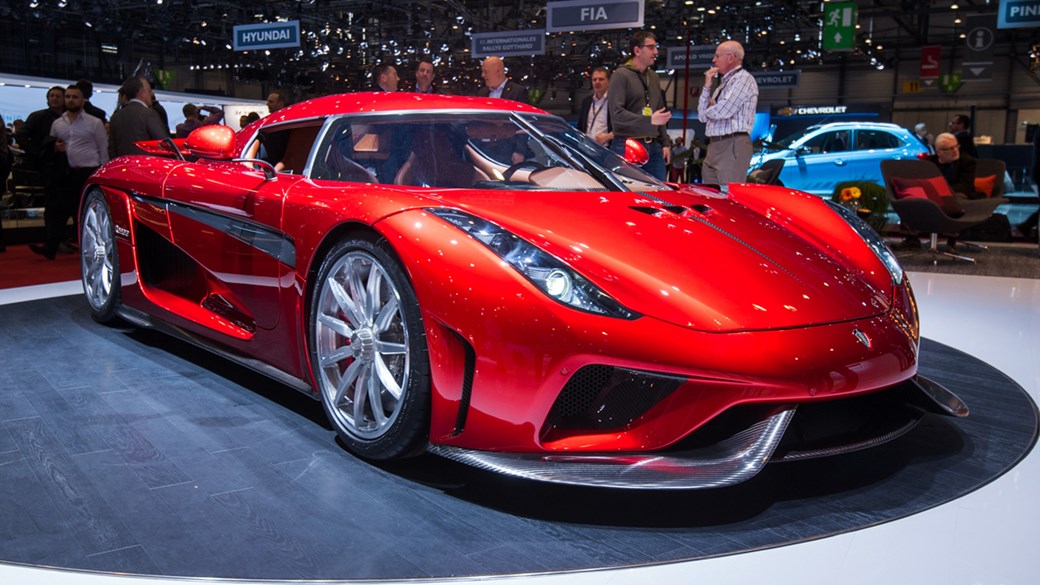
The Regera aims to be ‘one of the fastest cars on the planet – around a racetrack or anywhere else.’
That Swedish resolve seems to be behind the fact that this is the first time two models are being built at once by Koenigsegg. Both the the Agera RS and and the Regera were on display at the Geneva Motor Show 2016.
The most powerful production car till date?
Koenigsegg claims that it is powerful enough to burn some alarming numbers on circuit straights that are long enough. Like a 0-100 kmph time of 2.8 sec, 0-200 in 6.6 sec and a cannonball run to 400 kmph in 20 seconds flat. En route to that milestone, the 150 – 250 strip is despatched in 3.2 seconds! So there is never a dearth of power really!
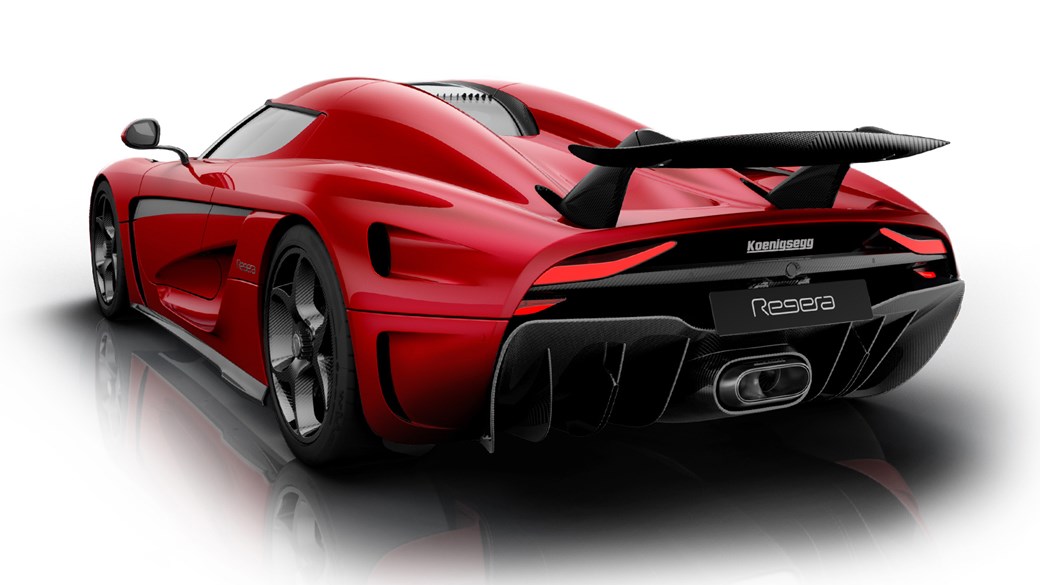
The figures are still hazy all over but Koenigsegg’s celebrated dry-sumped twin-turbo DOHC 5.0L V8 and the plug-in Direct Drive electronic propulsion system amounts to more than 1480 hp (which is what some articles assume Chiron’s power to be while the official press release puts it beyond 1500) while the torque is all the more missilesque at 2000 Nm! That V8 makes 1160 bhp in the Agera RS. As an Internal Combustion Engine (ICE) Koenigsegg’s V8 is astonishingly downsized yet with 220 Hp per liter (using regular pump gas). The compactness of the engine makes the Regera nimble, efficient and lightweight.
The electric part is fulfilled by three motors – one in each rear wheel and the third coupled to the crankshaft. Their total output alone is the equivalent of 800 bhp.
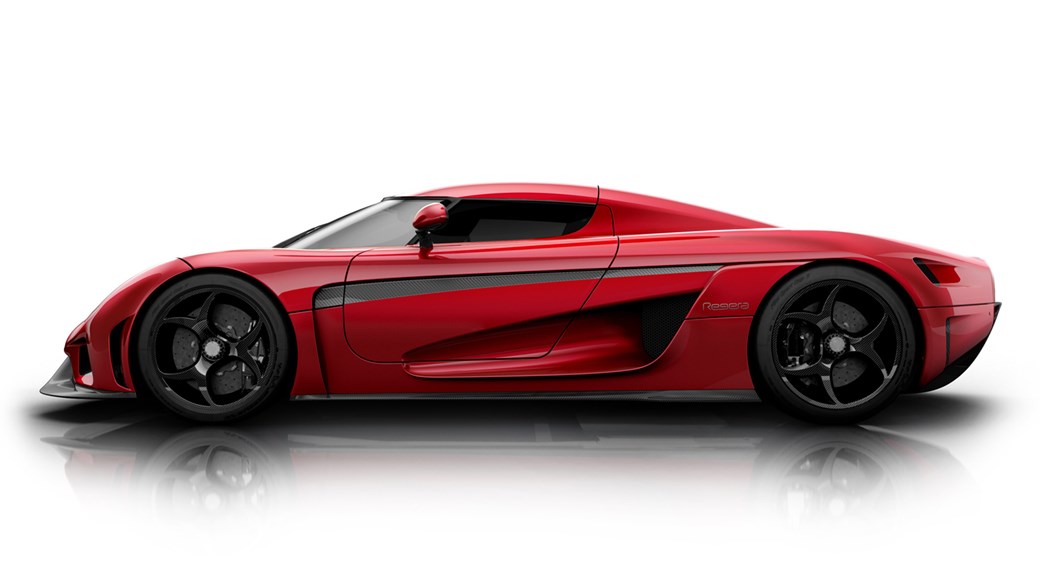
Regera is Swedish for “to Reign” – appropriate for a car that hopes to conquer the tracks with power and control, and hearts with royal luxury.
Of all the interesting facts about the Regera, nothing beats the absence of a conventional gearbox. It is made up by a ‘clutch-slip mechanism’ and a hydraulic coupling that delivers the engine’s output to the back wheels and works in tandem with the battery of electric motors. There is no step-up or step-down, and the seamless delivery of power is said to mitigate losses by 50% compared with manual or continuously variable transmissions.
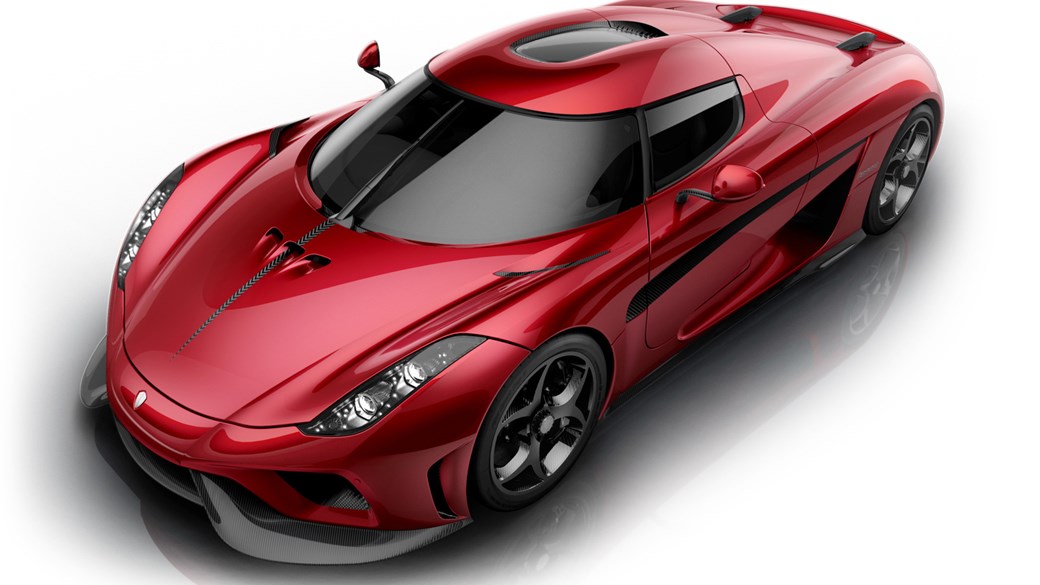
The 115kg, 620-volt battery is located in the carbon-aramid chassis tunnel, while lightweight materials and the innovative powertrain design restrict the kerbweight to 1420kg, more than half a ton lighter than the 1996 kg Bugatti Chiron. This is what will abet the Swede’s bid to reduce the fat-boy into a mere speed machine, while claiming a real-world quickness of handling. Besides active aerodynamic panels, the ride height, damping and traction control are adaptable. The hellish rear wing assembly also helps keep the Regera squatting at high speeds. It can be fully folded into the body work enhancing elegance on stand still and reducing drag on cruising. The standard brakes are carbon ceramic.
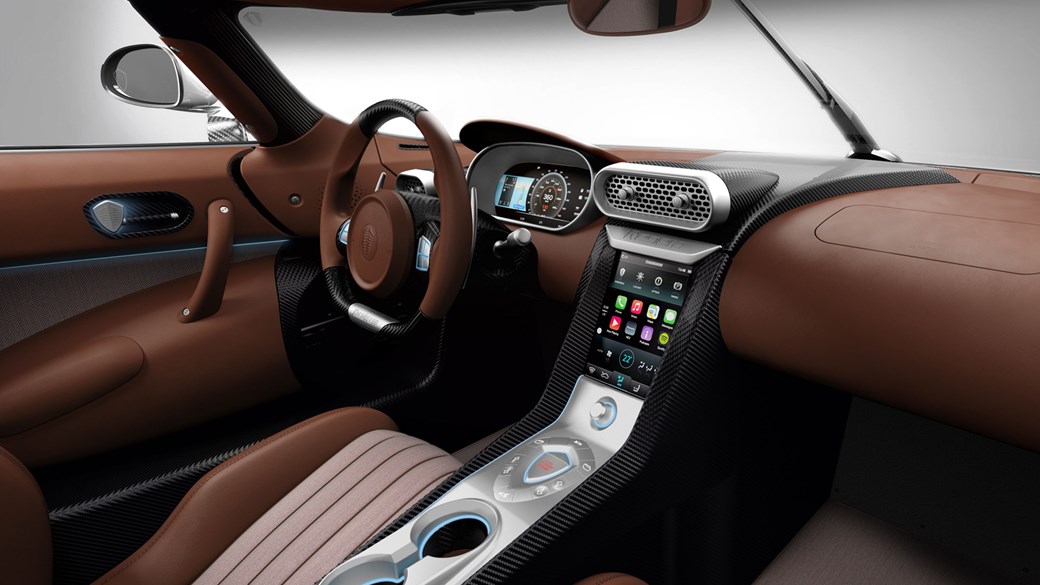
The claims to a new record continues with the electric motors, which is touted as the most powerful to be used in a production car. Amidst this war of superlatives, the new exhaust system in titanium is jointly developed by Akrapovic, and includes a fish tail outlet, not seen on a production car for the last fifty years.

The supercar also gets some luxurious appointments like Apple CarPlay, six way adjustable carbon fibre sport seats and robotized soft-closing hoods and doors. After all, Regera has its name to live up to!

